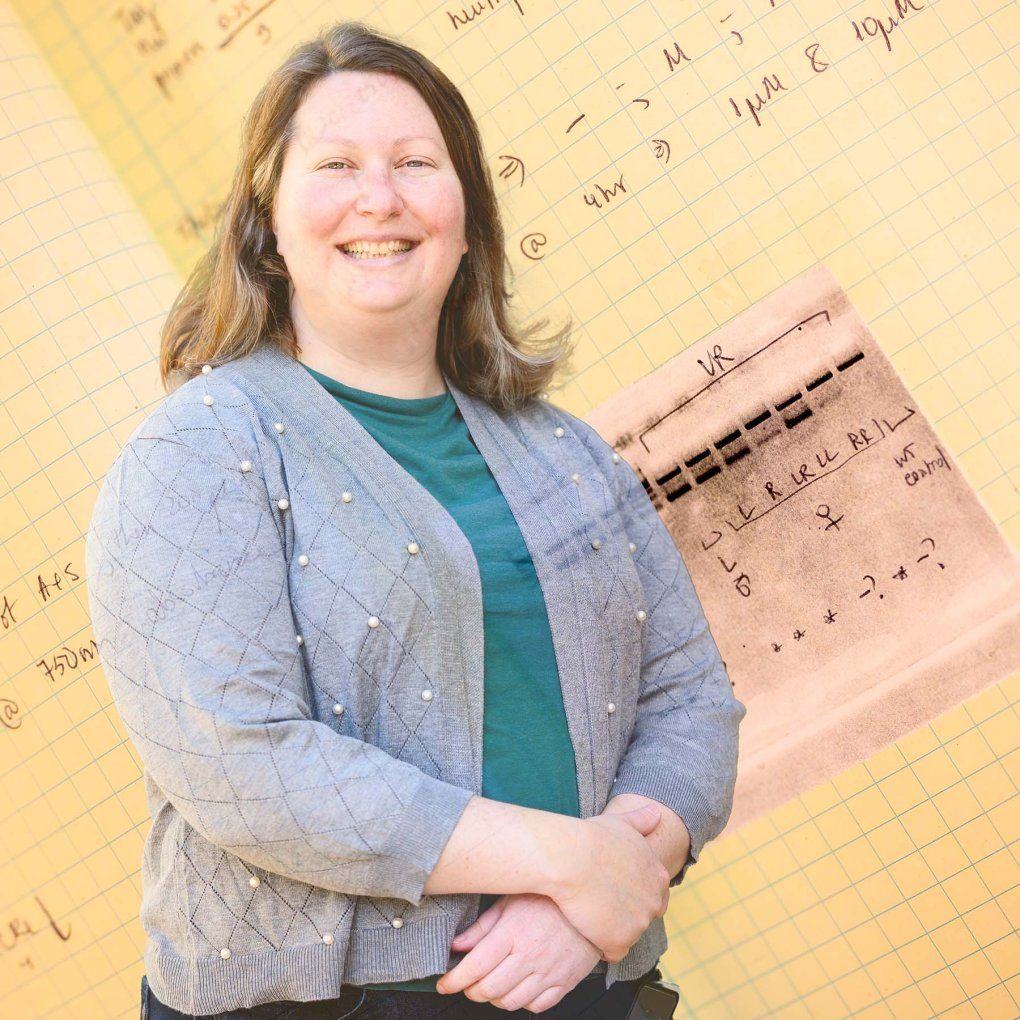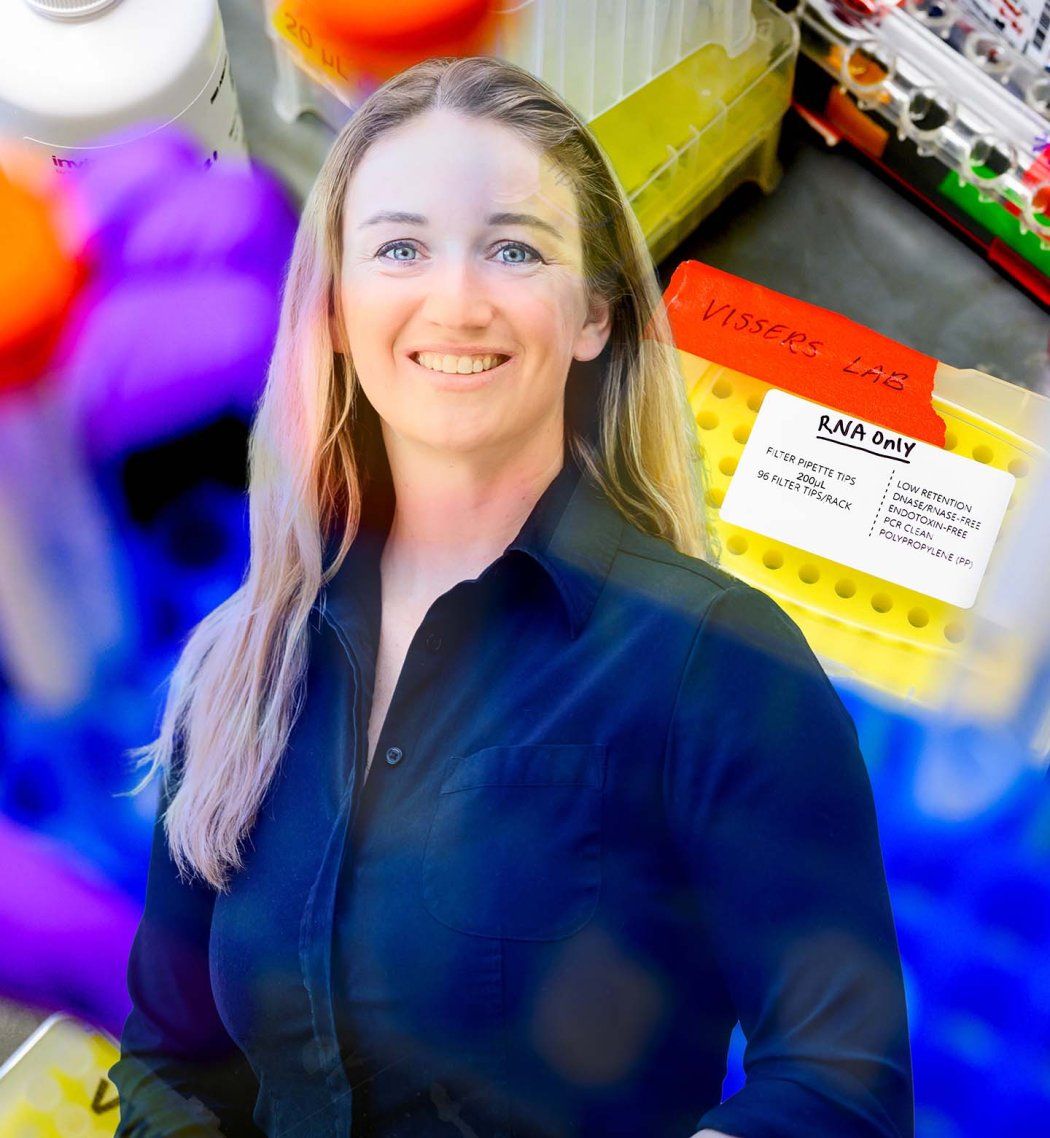This story is one in a series marking International Women and Girls in Science Day. Join us as we celebrate some laboratory leaders taking research to new heights.
In high school, Caroline Vissers learned the central tenet of biology: DNA encodes RNA, then RNA is translated into proteins. RNA is a passive messenger, copying and pasting, as it were, between “the more interesting” molecules of DNA and proteins – or so we thought.
In recent years, researchers – including Vissers, PhD – have discovered that RNA is more dynamic and more essential than we previously believed. In graduate school, for example, Vissers showed how chemical tags are added and removed from RNA molecules during brain development. If these tags don’t follow the correct pattern, the brain isn’t functional.
“RNA is not just an intermediate between DNA and proteins; a huge amount happens to RNA that can impact development, health, disease and behavior,” says Vissers.
In fact, Vissers’ work on RNA tags helped found the field of epitranscriptomics, the study of how chemical marks on RNA, rather than their sequence alone, dictate the function of the molecules. While the RNA sequence determines the exact protein encoded by an RNA molecule, epitranscriptomics can change where and when an RNA molecule is present in a cell. The most common marks are composed of methyl chemical groups, and the way they arrange themselves on RNA or DNA is known as methylation.
Vissers’ recent work reveals that certain patterns of RNA methylation are associated with neurodevelopmental disorders, including Fragile X syndrome, a genetic disorder causing intellectual disability. Learning how to manipulate RNA methylation could lead to new treatments for such disorders. And the possibilities don’t stop there: Learning to control the epitranscriptomics of stem cells in the brain, for instance, might activate these cells to produce new brain cells after an injury like a stroke, Vissers says.
Vissers, who moved from the Netherlands to the U.S. as a young child, found math and science to be languages that crossed cultural and linguistic barriers. As an undergraduate, she pursued animal science, before coming to realize she was more interested in the underlying biology of diseases than the clinical side.
Vissers joined UCSF in 2020 as a Sandler Fellow, which offers promising young researchers the opportunity to start their own lab directly after earning their doctorate. The timing was ideal for her to launch into the up-and-coming field of epitranscriptomics, and UCSF offered a strong community of both basic researchers and clinicians to support her work.
“UCSF is a fantastic place to be bridging basic science and more clinical biology,” says Vissers. “The faculty here have been incredibly supportive and intellectually stimulating.”

NEXT UP:
Can We Turn Back Time on Age-Related Diseases?
Emily Goldberg, PhD, believes changes to immune cells may cause age-related inflammation.
